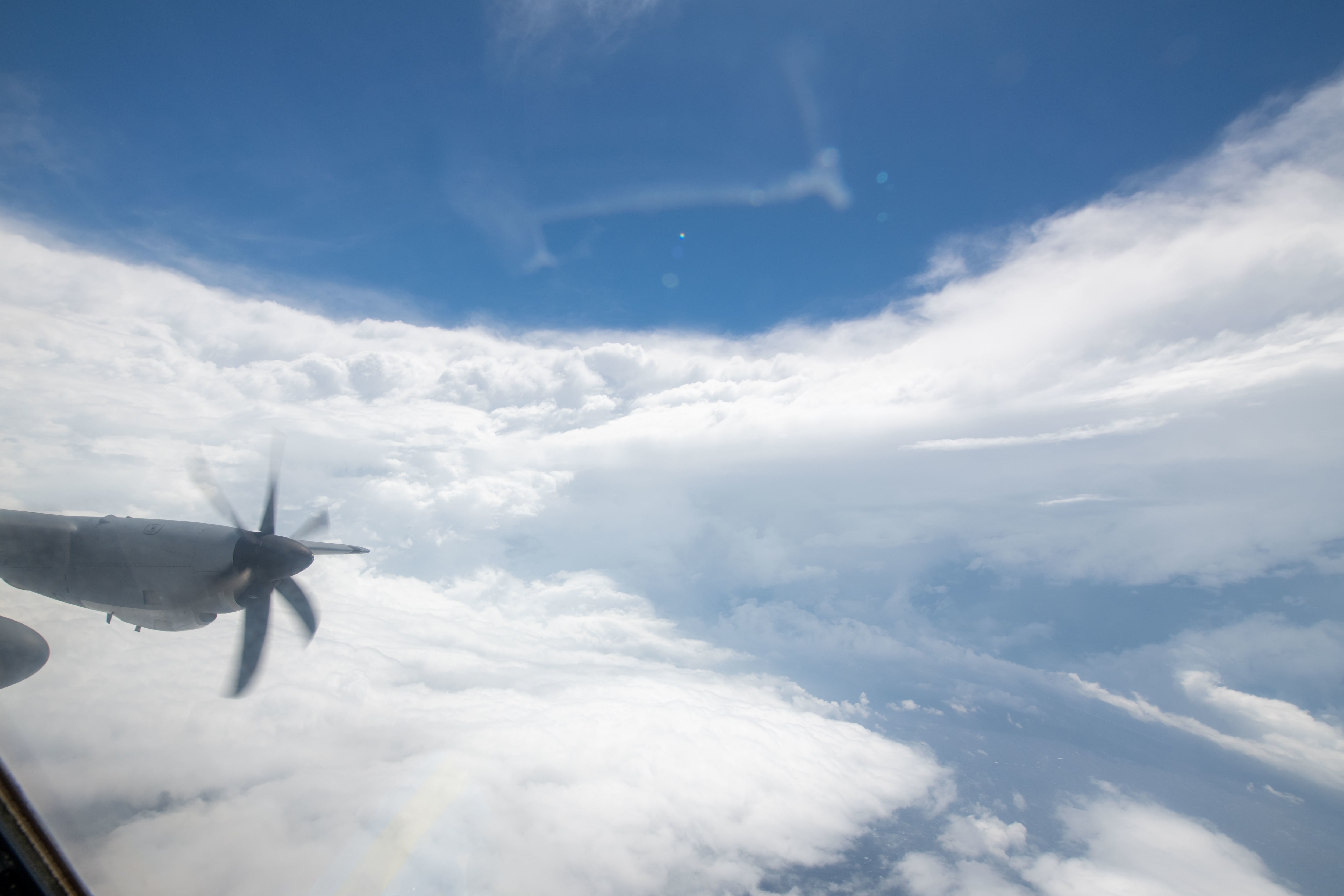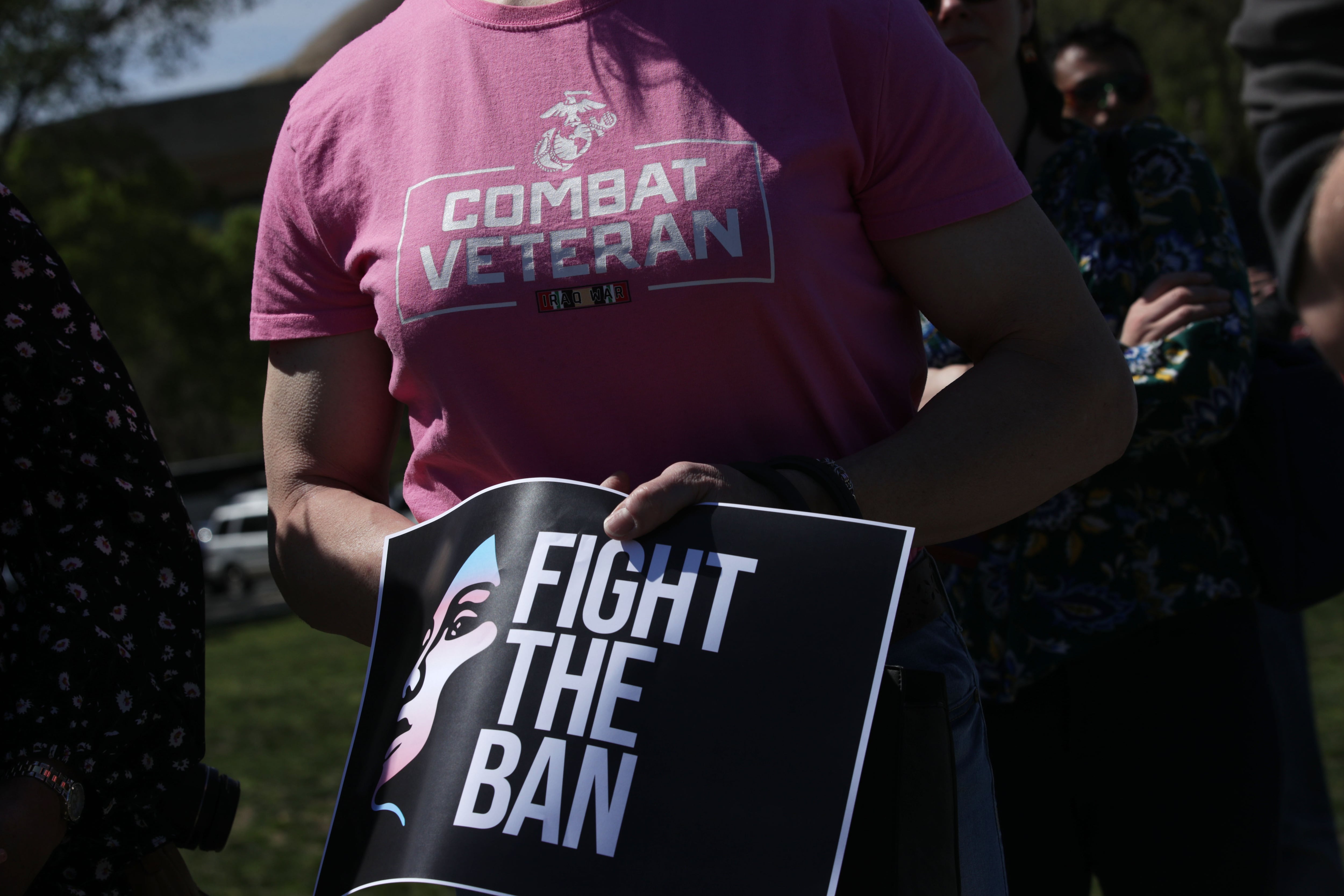BILOXI, Miss. — Parachutes aren’t an option for the Air Force Reserve’s 53rd Weather Reconnaissance Squadron “Hurricane Hunters” when they fly into storms like Hurricane Ian.
The Hurricane Hunters volunteer for their mission and fly directly through the eye of the hurricane — then turn and come through again at a different entry point — then turn and do it again.

Some days, like when Hurricane Ike was intensifying over Cuba in September 2008, the ride isn’t too bumpy. At that time in history, the Hurricane Hunters’ flights were the only U.S. military planes allowed in Cuban air space. As Ike intensified as Ian did on its way to Cuba, the Hurricane Hunters had a bumpy, gut-wrenching ride through Ike’s eye as the storm aimed for Texas.
In the place of parachutes on the sturdy WC-130Js the Hurricane Hunters fly are life vests should the plane go down in a storm. Parachutes couldn’t be deployed in the 100 mph and higher wind speeds they encounter as they fly through the hurricanes.
The sophisticated weather equipment on the planes help them avoid “hot spots” of severe weather and wind shear that could cause trouble. There aren’t seats beyond those for the basic crew of five: the pilot, co-pilot, navigator, flight meteorologist and weather reconnaissance loadmaster. The planes are outfitted with the latest technology to protect them as they fly day and night missions through the storm.
Media and other observers who ride on one of their flights sit on plastic benches along the sides of the plane, with the center left open for any payload. The “bathroom” for the crew and passengers is readied behind a curtain once the plane is in the air.
The 53rd WRS, based at Keesler Air Force Base in Biloxi, Mississippi, is unlike any other crew.
“It is the only operational unit in the world flying weather reconnaissance on a routine basis,” according to the Hurricane Hunters’ website.
The mission of the air reserve technicians and Air Force Reservists is to collect information that will help forecasters track the storm and residents decide whether to stay home or evacuate, the website said.
Once the Hurricane Hunters reach the tropical system, they send dropsondes through a tube throughout the flight through the storm. These weather instruments continuously transmit the pressure in the storm, humidity, temperature, the wind direction and speed until the instruments, with a parachute, hit the sea. That information is used to calculate the track of a hurricane and where and when it might make landfall.
The Hurricane Hunters are based in Biloxi, just a couple of blocks from the beach. They post their experiences and findings on Facebook, Twitter and Instagram, and recently took the public along on a flight through Hurricane Fiona.
In Biloxi the Hurricane Hunters are rock stars, honored with a display in 2008 at Hard Rock Biloxi and later with a Christmas ornament featuring their plane as it passes the Biloxi Lighthouse.
In 2005, the Hurricane Hunters kept flying their missions as Hurricane Katrina was headed directly toward the military base and their homes. While their families and neighbors evacuated, they were collecting information on what would be a deadly and costly storm.
“Despite heavy damage to their home station caused by Hurricane Katrina, the unit continued its weather reconnaissance mission without missing a single tasking,” their website says.





